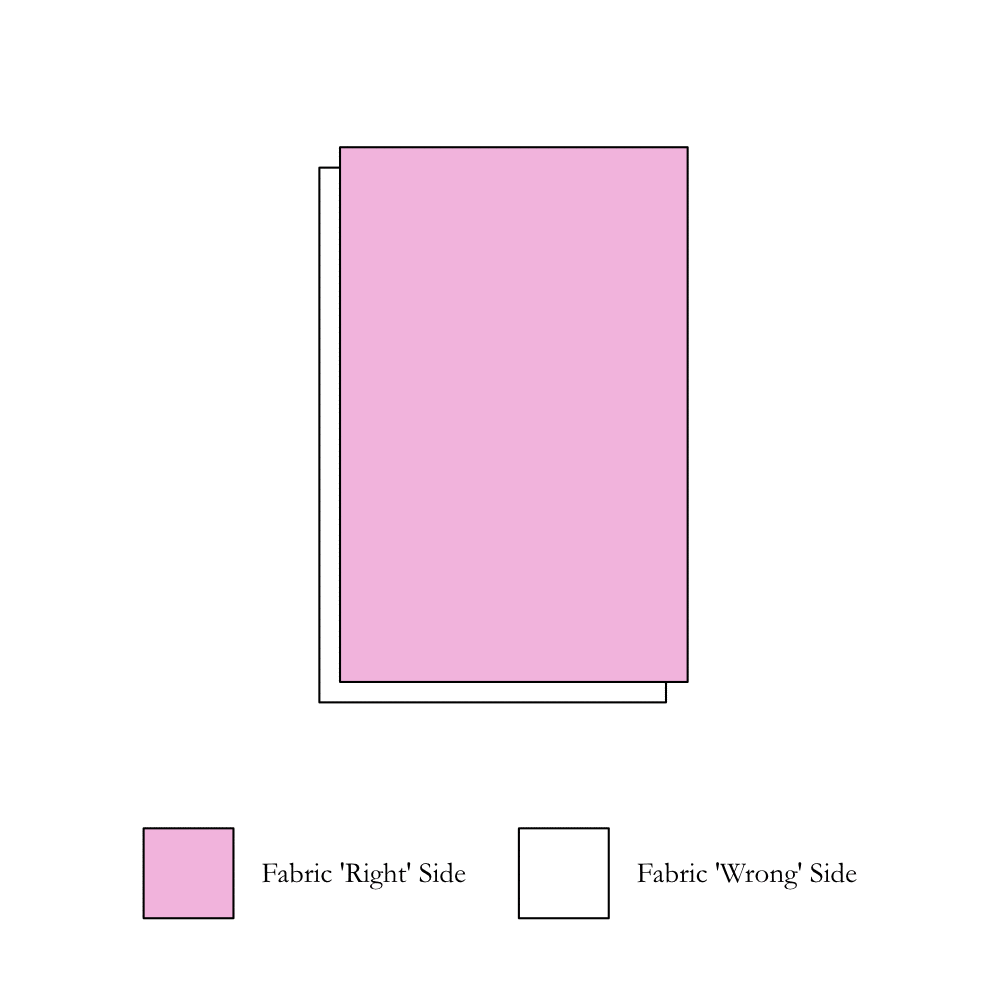


The Elasticated Puffy Shirt
The basic shirt is a staple in any wardrobe, and there are many ways to create inclusive shirts. See the Bubble Shirt for a fabric manipulation based thought-process. The elasticated puffy shirt is based around panelled pattern cutting, and sewing technique to create stretch and contour.
Fine, translucent mesh allows for the skin and the body to shine through, even more so than the organza used in other pieces. By using black, it creates a striking contrast to any skin tone.


As we have already drafted a pattern for the Bubble Shirt, we can use the same basic shirt pattern again. This means you don't have to fit again, you don't have to grade again and you don't have to toile again.
This shirt stayed exactly the same as the graded size 20 pattern, with the exception of changing the bishops sleeve style to a shorter, puff sleeve.
As our bodies all have different shapes as well as size, styles can be rethought to consider and celebrate this. The body changes in shape at certain points; the bust, the waist, the hips, the shoulders, the neck and the overall body length/height. By panelling and adding elastic to the shirt at each of these points, it allows for the shirt to mould and cinch in at these places, also adding to the overall puffy shape. Adding stretch to pieces is a great way to make garments multi-sized, but it is important to give wearers options so they don't always feel like they are wearing something 'elastic' or 'stretch'.
The fabric here is delicate and lightweight, therefore the best choice of seam is to use a French Seam. However, a neat way to add stretch to these seams is to sandwich lengths of elastic in the middle of these seams. This adds the stretch needed, without the elastic rubbing against the skin or ruining the overall aesthetic effect.



The only issue that could arise with adding stretch to a shirt is the dreaded 'boob gape' in the button stand. To combat this, stitch the middle third of the button stands together and add buttons at the collar and hem. This means the piece will pull over the head as opposed to being worn like a traditional shirt.
The puffy nature of the style will change depending on who wears it, but this simply celebrates our differences. By changing our mindsets to the acceptance that pieces will sit differently as opposed to fixating on pieces looking exactly the same on everyone, it allows us to focus more on creativity.


